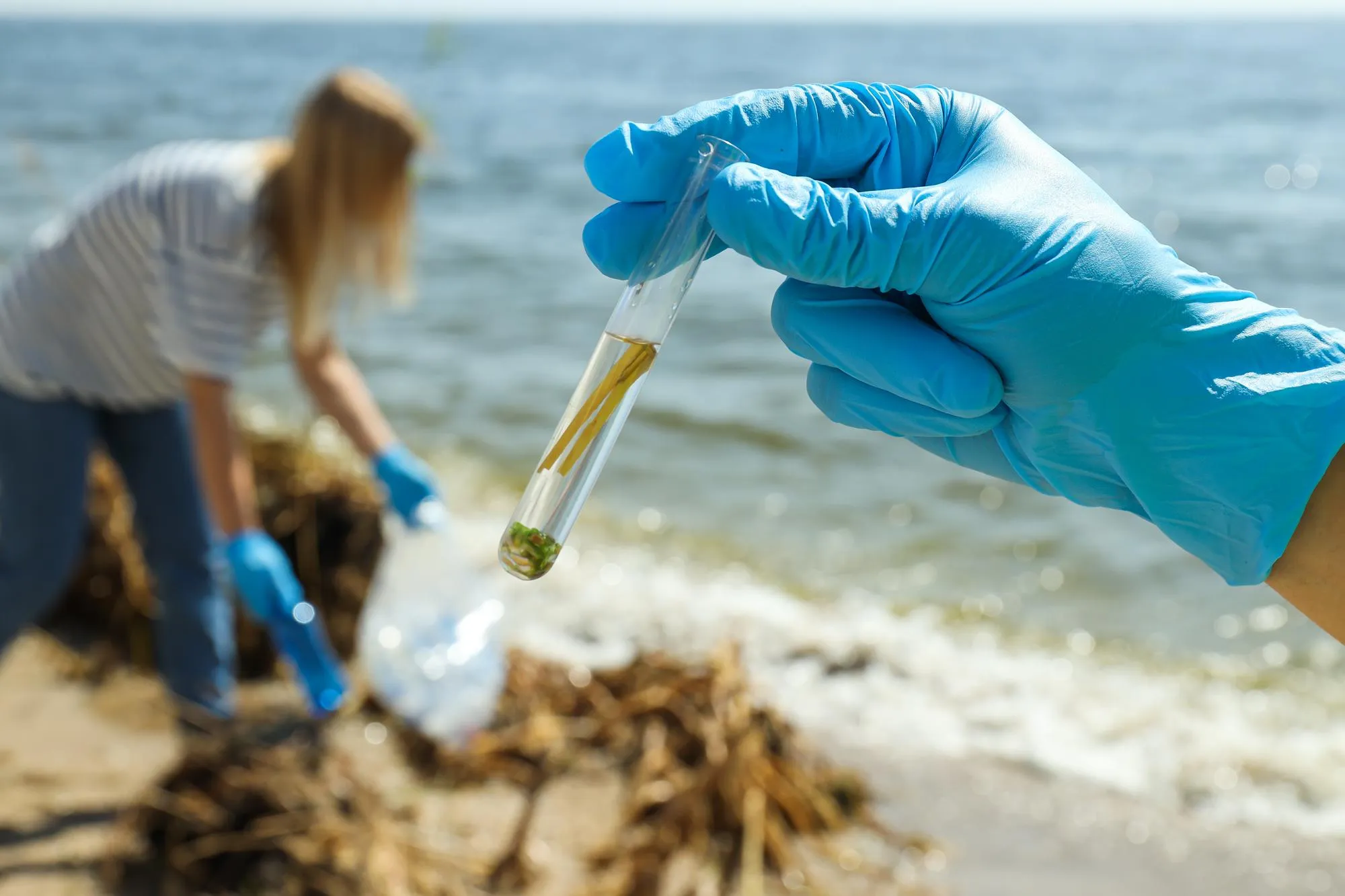In the teeming depths of the ocean, there exists a remarkable reservoir of biochemical diversity, much of which remains a mystery to the scientific community. However, one such mystery has recently been unraveled in a landmark study led by Kenichi Matsuda and his research team from Hokkaido University in Japan. The study, published in the journal Chemical & Pharmaceutical Bulletin (DOI: 10.1248/cpb.c19-00002), presents the surprising revision of the molecular structure of Surugamide A, a cyclic octapeptide with potential therapeutic uses.
Surugamides, identified as a series of non-ribosomal peptides isolated from marine-derived Streptomyces, have drawn considerable attention for their cathepsin B inhibitory activity, a feature that could have significant pharmaceutical uses in disease treatment. The centrepiece of this study, Surugamide A (1), has been the subject of substantial biochemical analysis due to its intricate structure and the presence of a D-isoleucine (Ile), a non-proteinogenic amino acid that is uncommon in naturally occurring peptides.
Non-ribosomal peptides such as Surugamide A are synthesized by specific enzymes rather than the classical ribosomal pathway. These peptides often contain D-amino acids, which endow them with greater stability against enzymatic degradation. This makes them especially promising candidates for the development of new drugs.
The research team, including Takefumi Kuranaga, Ayae Sano, Akihiro Ninomiya, Kentaro Takada, and Toshiyuki Wakimoto, embarked on a journey to elucidate the precise structure of Surugamide A through an array of sophisticated analytical techniques. Their pursuit was not just academic; the accurate characterization of this molecule is crucial for understanding its biological activity and for any future application in drug design.
Using techniques such as solid-phase synthesis, stereochemistry analysis, and protein conformation studies, the researchers discovered that the previously reported structure of Surugamide A did not align with the observed bioactivity. This was a significant finding, as the structural integrity of cyclic peptides is essential for their biological function. A slight alteration in their structure can lead to substantial changes in their activity.
The revised structural study revealed that the correct structure of Surugamide A includes a distinct arrangement of the D-isoleucine residue. This revision has tremendous implications for the scientific community’s understanding of cyclic peptides and their synthesis. It also sheds light on the complexity of marine natural products and the challenges that lie in unraveling their true structures.
The implications of this research extend beyond academic curiosity. Cathepsin B, the enzyme inhibited by Surugamides, plays a significant role in several pathological processes, including cancer and inflammatory diseases. By inhibiting this enzyme, Surugamide A and its derivatives could potentially serve as lead compounds for the development of novel therapeutics, offering hope for patients suffering from these conditions.
The discovery and structural revision of Surugamide A underscore the importance of continuous verification and improvement of scientific knowledge. It also highlights the potential of marine natural products as a treasure trove for drug discovery. The marine-derived *Streptomyces*, the source of Surugamide A, exemplifies the incredible biodiversity of marine life and its untapped potential for yielding novel bioactive compounds.
In light of this groundbreaking discovery, it is clear that the quest to comprehend the ocean’s biochemical secrets is only just beginning. The revised structure of Surugamide A represents a pivotal step forward in this endeavor, promising new avenues for research and development in the field of pharmaceutical sciences.
The study conducted by Matsuda and his team not only elaborates on the synthetic methodology used to reassess the structure of Surugamide A but also sets a precedent for future explorations into the vast array of non-ribosomal peptides awaiting discovery in the marine ecosystem. It emphasizes the need for careful structural analysis in the realm of natural product chemistry and opens up new perspectives on how these molecules can be leveraged for human health benefits.
Further research into Surugamide A, spurred by this structural revision, could pave the way for advancements in drug synthesis, the understanding of peptide’s mode of action, and the development of new drugs with enhanced efficacy and safety. The pharmaceutical industry and the broader scientific community will no doubt keep a watchful eye on these developments, eagerly anticipating the next chapter in the story of Surugamide A and its kin.
The study “The Revised Structure of the Cyclic Octapeptide Surugamide A” is published under DOI: 10.1248/cpb.c19-00002.
References
1. Matsuda, K., Kuranaga, T., Sano, A., Ninomiya, A., Takada, K., & Wakimoto, T. (2019). The revised structure of the cyclic octapeptide Surugamide A. Chemical & Pharmaceutical Bulletin, 67(5), 476-480. DOI: 10.1248/cpb.c19-00002.
2. [Additional references to be included by the editorial team]
Keywords
1. Surugamide A structure
2. Marine-derived Streptomyces
3. Non-ribosomal peptides
4. Cathepsin B inhibitor
5. Marine natural products drug discovery
